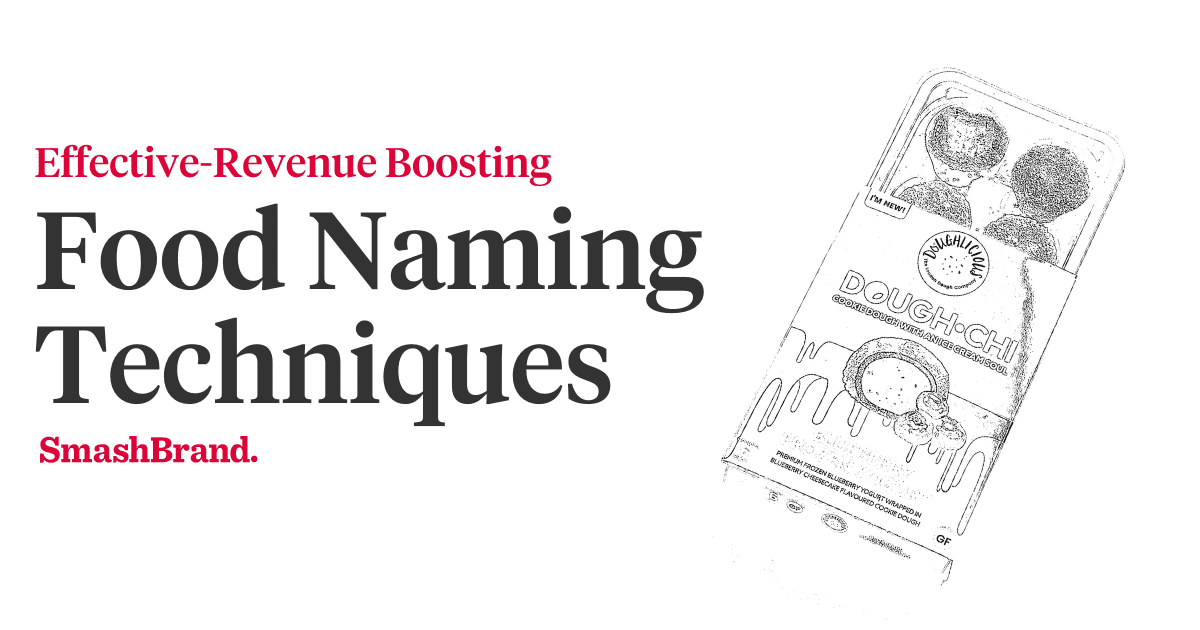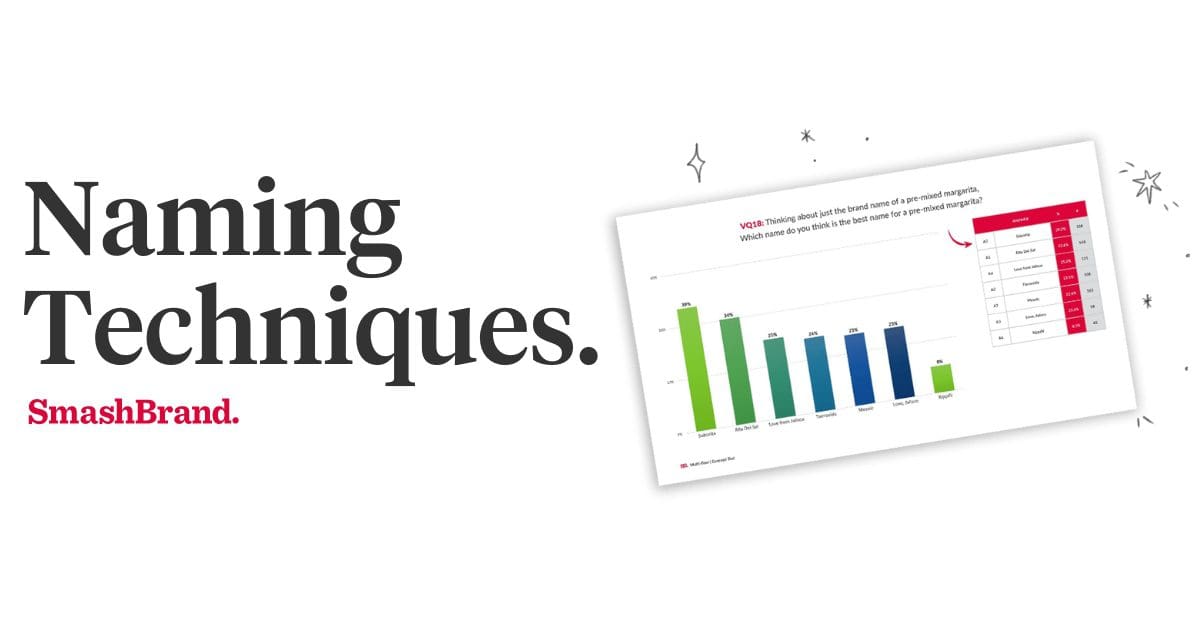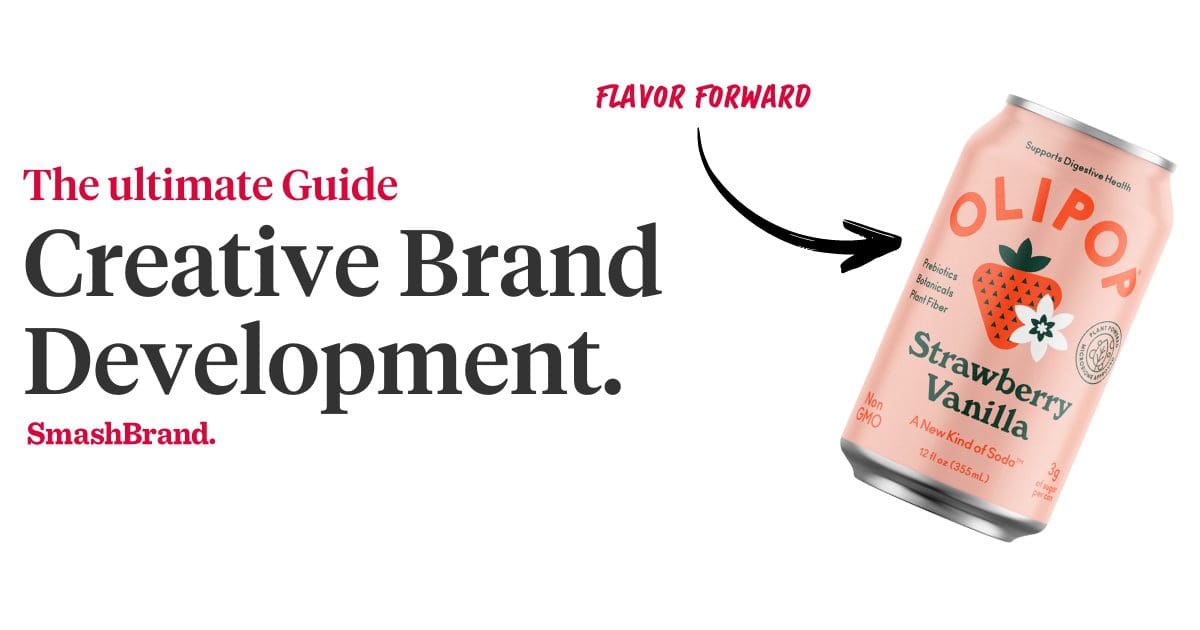Listen to This Article

Website Navigation Menu
Someone once said that the truly successful innovators never travel more than a half step ahead of the rest of the pack. You may have a revolutionary idea; a product that surpasses the current technology in every respect. Unfortunately, if it’s too far ahead of its time, you’ll just sit in the lotus position, waiting for the rest of the world to catch up while techno vultures pick at the carcass of your invention and reap glorious profits from their dumbed down but era-appropriate knock offs. Steve Jobs found himself in this position for quite a while.
This, in essence, is the problem with your site navigation menu. Someone (we won’t name full names, but we’re looking at you, Gary), in an apoplectic fit of creativity and future-forward zeal, designed a navigation system that, while fascinating in a Jackson Pollack kind of way, is simply too unusual for your customers.
Designers sometimes keep themselves in an insular world. We tend to point to the achievements of other designers’ personal and company websites as triumphs of style and innovation, but there’s one problem; that’s not what they did for their clients. We are continually dazzled by new navigation menu design or the use of flyout sub navigation or opacity as a visual clutter reduction technique, but is that what anyone in the non-designer world cares about?
Not really. Designers care deeply about those things, but the person that clicked onto your site only wants to know the number of calories in your 16-oz. dragon fruit energy drink, or the price for your apricot kernel body scrub and moisturizer value pack, or if the ingredients in your acai sorbet are responsible for his rash.
So, what can you do to make sure a website delivers the information the customers want, while at the same time being interesting and relevant enough to hold the customers’ interest? You keep it simple (sweetie), and make sure you don’t fall into the following navigation menu traps:
Get your Hands on the SmashReport!
And enter to win a FREE brand diagnosis worth $20,000.
*The SmashReport is a monthly newsletter for FMCG and CPG brands, helping them stand out in the competitive retail marketplace.
Putting the Navigation Menu Someplace Weird
It has been established that menu bars are at either the web page’s top or horizontally on the left side. This is the law, and anyone who sidesteps or breaks this ancient law of Web directory protocol shall be flogged in the face until dead.
Well, maybe not, but that person will suffer the consequences of low traffic and fielding dozens of Facebook posts demanding to know how they can redeem your company-issued gift cards they got for their birthdays in 2004. Don’t be cute and put your menu in a diagonal line across your page where no one would look for it. If you’re going to be weird, be weird in an efficient way.
Using Vague Descriptors
Make your navigation menu labels explicit (not in an inappropriate way … oh, you know what we mean). Give the exact names of your products, projects and services and make them loud and clear.
We generally don’t bother with SEO tips, but here’s one: make your labels as specific as possible so that search engines pick them up. Don’t bother with the “Who We Are,” “What We Are,” “What We Do,” “Who We Were,” Who We Think We Are” labels because that tells customers exactly nothing. Give the name of your product/service so that Google and its feeble competitors rank you more highly. It’s the easiest and most un-phony way to make yourself search engine relevant.
Poor Drop-Down Menu Placement
Ineffectively designed drop-down menus are sloppy, they block other menu items and they annoy customers.
Drop-down menus are often unavoidable (especially if you have a massive amount of products and services), so ensure they have been placed in an unobtrusive fashion. Whatever you do, don’t make them so long that they drop below the bottom of the page, rendering all of the information at the bottom inaccessible, so the user has to awkwardly scroll down the page while attempting to keep the drop menu open, or release the menu, scroll down so that the menu bar is at the very tippy top of the window and try again. Use a drop menu scroll bar. This may not seem like a big deal, but it’s like being seated at a restaurant table that hasn’t been fully bussed. It makes the business look like it’s not used to customers.
Navigation Item Overload
Don’t cram hundreds and hundreds of links onto your home page. Not only is this seizure-inducing, it makes it easier for your customers to lose sight of relevant and important information.
In summation, navigation shouldn’t be overly futuristic, vague or crowded. Your customers want to give you their money, for Heaven’s sake, not be trapped in The Matrix.
Data-Driven Brand Development
Want a best-selling brand? SmashBrand is a brand development agency for FMCG and CPG companies. From brand strategy to packaging design testing, our Path To Performance™ process guarantees a retail performance lift. Book a time to discuss your project with our team.





